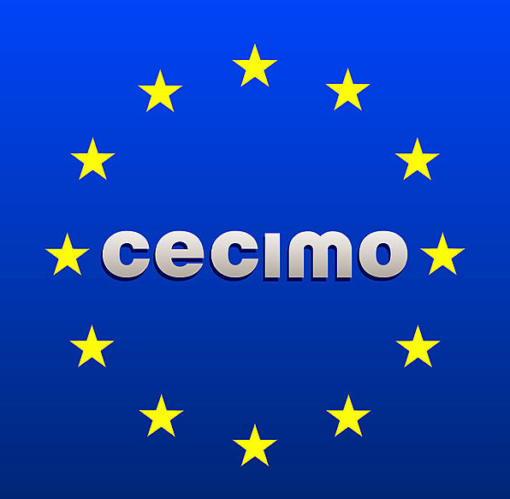 According to Cecimo General Assembly that took place in Fuschlsee, Austria on 21 June 2016, the European machine tool production increased 5% to 24.3 billion euro in 2015 e the machine tool exports are estimated to reach a record level of 19.0 billion euro in 2016. To tap into opportunities offered by digitisation, Europe needs to develop a new and forward-looking policy approach addressing the entire manufacturing value chain. European machine tool builders are concerned that production plants in Europe are slowly becoming obsolete.
According to Cecimo General Assembly that took place in Fuschlsee, Austria on 21 June 2016, the European machine tool production increased 5% to 24.3 billion euro in 2015 e the machine tool exports are estimated to reach a record level of 19.0 billion euro in 2016. To tap into opportunities offered by digitisation, Europe needs to develop a new and forward-looking policy approach addressing the entire manufacturing value chain. European machine tool builders are concerned that production plants in Europe are slowly becoming obsolete.
Economic situation and outlook
The European machine tool consumption increased by 12% to 14.9 billion euro in 2015. The growth of consumption is expected to slow down to 1% and machines in an estimated value of 15.4 billion euro will be installed in 2016. The domestic order intake supports the forecast. The value of bookings by the domestic clients increased 2% in the fourth quarter of 2015 compared to the same period a year before. For the next three years, we forecast the European machine tool consumption to grow about 3.7% annually. “We are glad to see that the machine tool consumption in Europe shows good pace. Upgrading and modernising its production base is an essential condition to keep the competitiveness of European manufacturing sector at high levels,” added Dr Frank Brinken, Chairman of the Cecimo Economic Committee and Vice-Chairman of Starrag Holding AG.
Policy priorities
Digitisation of manufacturing
Digitisation re-defines the rules of global competitiveness in the advanced manufacturing sector. The use of digital technologies leads to significant gains in productivity, energy efficiency and mass customization, altogether generating great avenues for the re-industrialization of Europe. Against this background, Europe is required to move faster and generate the framework conditions needed for advanced manufacturers to tap into new opportunities.
To make Europe a centre of excellence for digital manufacturing, it needs to develop instruments generating new ways of collaboration between advanced manufactures and ICT actors. In particular, manufacturing SMEs from across Europe should be well integrated in the digital manufacturing transnational value chain. Various initiatives pertaining to digitisation have already been launched by regional, national and European authorities to help manufacturers generate innovative solutions, but to cope with the increasing pressures from competitors across the world, the EU must pool its resources and act in a coordinated manner.
Upgrade of the machinery park
European machine tool builders are concerned that production plants in Europe are slowly becoming obsolete. According to available figures collected by some of Cecimo National Associations, the age of the machinery park in some Member States with a strong manufacturing base has reached 19.1 years while the lifespan of a machine tool, depending on its type, is around 15 years. Despite the existence of a political will to advance manufacturing in Europe, progress on investing in new machines and equipment by industrial users has been insignificant so far. Further delays in the recovery of investments in machinery and equipment weaken the entire competitiveness of the European manufacturing industry. Filip Geerts, Director General at Cecimo, adds: “The slowdown in demand for new equipment hampers the ability of developing breakthrough production technologies, as innovation is mainly driven by customer demands and cooperation between suppliers and users in the machine tool sector. We urgently need an action plan mobilizing the EU’s major policy instruments to put an end to the lack of investment in modern production equipment by end-users. If Europe wants to stay in the global race for advanced manufacturing, it needs to maintain a strong supplier base in Europe.”



